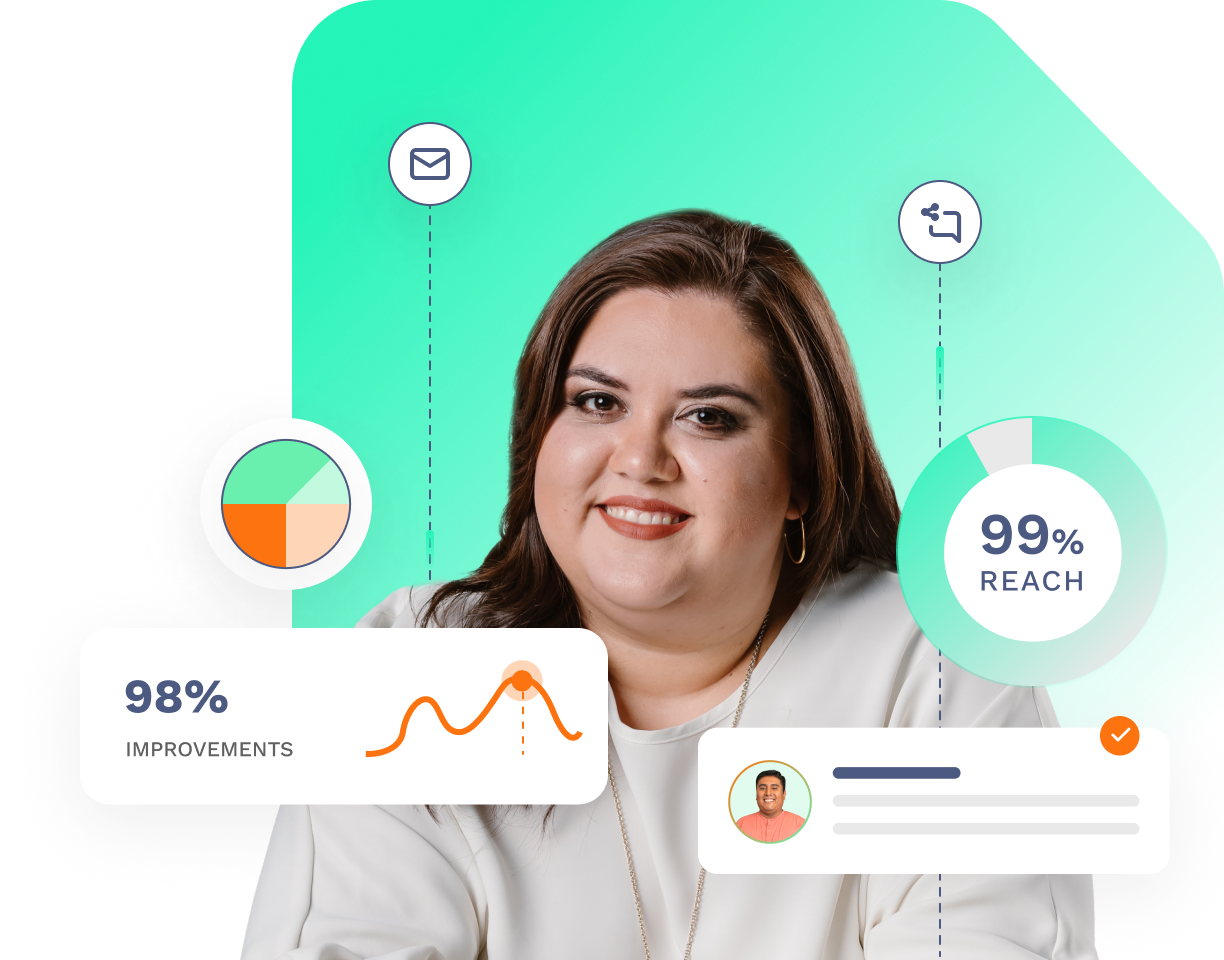HubSpot
Enhance Customer Service with the HubSpot WhatsApp Integration

Lourdes Calderón
Lourdes Calderón | May 05, 2025 | 4 MIN READ
May 05, 2025 4 MIN READ

In a world where consumers expect quick and personalized responses, businesses that fail to optimize their communication channels risk falling behind. While email remains a fundamental pillar, user habits have evolved.
WhatsApp, with over 2 billion active users worldwide, has transitioned from being a personal app to a key tool for connecting brands with their audiences. The HubSpot WhatsApp integration is not just a technical enhancement—it's a strategic shift to put the customer at the heart of everything.
WhatsApp: More Than Just a Messaging Channel
According to Meta, more than 60% of users prefer to start conversations with companies via WhatsApp rather than email or forms. Additionally, WhatsApp open rates exceed 95%, compared to an average of 20% for email marketing.

However, many brands still haven’t integrated it into their CRM strategy. The issue is not the will, but the execution: how do you manage this channel without losing control, traceability, and scalability?
That’s where the WhatsApp API and its integration with tools like HubSpot come into play.
What is the WhatsApp integration with HubSpot?
The HubSpot WhatsApp integration allows you to connect the world’s most-used messaging platform with the leading CRM for marketing, sales, and service automation. It’s not just about sending messages: it's a deep connection that links conversations, data, and business intelligence.
With this integration, you can:
-
Automatically synchronize contacts: Every time someone writes via WhatsApp, a contact is created or updated in your CRM.
-
Centralize conversation history: From marketing to post-sale, everything is recorded in the customer’s profile.
-
Activate intelligent workflows: Did a customer reply to a WhatsApp campaign? Trigger an automated workflow with follow-ups, alerts, or tasks for your team.
-
Measure real-time results: Analyze which templates convert, which agents respond fastest, or which campaigns generate the most replies.

Source: www.hubspot.com
All of this with the power of HubSpot, where each message is not just text: it’s useful data to optimize processes, make decisions, and close more sales.
How Does the Integration Work with Treble and the WhatsApp API?
During a recent webinar hosted by The Orange Box and Treble, we demonstrated live how this integration could be set up in just one day. The key takeaway: no complex development or large technical teams are required.
The official API helps businesses with:
-
Scalability: Handle anywhere from 10 to 10,000 daily conversations without losing efficiency.
-
Automation: Set up automatic replies, bots, and HubSpot workflows integrated with WhatsApp.
-
Compliance: The entire process adheres to Meta’s policies and data privacy standards.
Additionally, the integration adapts to your business processes. For example, you can:
-
Assign incoming leads by region, product, or agent availability.
-
Send automatic messages to leads who abandoned a form.
-
Send appointment reminders or post-sale alerts by simply dragging a property in the CRM.
The result: a fully integrated conversational channel for your marketing, sales, and service processes.
WhatsApp Business or WhatsApp API?
A common misconception is thinking WhatsApp Business (the mobile app) is enough for a commercial team. In some cases, it might be. But if you’re growing and need:
-
Multiple users connected to the same number.
-
Automated responses or CRM integration.
-
Reports, metrics, and contact segmentation.
Then you need the WhatsApp API, which is what connects with HubSpot through Treble.
The API allows you to move beyond manual message management, the lack of traceability, or human errors in lead follow-ups. It’s a step toward professionalizing the channel and integrating it with your digital ecosystem.

Why CRM should be at the heart of the omni-channel strategy
HubSpot offers a 360° view of your customer—from their first visit to your website to their last support conversation. By integrating WhatsApp, this view becomes even richer and more useful.
Let’s take an example:

This prevents the team from missing opportunities, improves the customer experience, and speeds up sales cycles. It also allows you to unify all channels (email, WhatsApp, web, calls, etc.) into one system, with real-time analytics.
Specific use cases
Here are some ways companies are using this integration:
-
Lead nurturing via WhatsApp: Automate message sequences after events like webinars or e-book downloads.
-
Consultative sales: Send personalized catalogs, answer questions, and close sales directly via WhatsApp without losing records in HubSpot.
-
Post-sale support: Follow up on deliveries, resolve questions, or send automated satisfaction surveys.
-
Re-engaging cold leads: Reconnect with inactive contacts via segmented messages and specific offers.
Conclusion: The future of customer-company communication is conversational.
WhatsApp is here to stay, and more and more users expect to communicate with brands in the same way they do with their friends. The integration with HubSpot not only allows you to respond to them, but to do so intelligently, organized, and measurable.
It’s not just about having a new channel. It’s about transforming the customer experience, increasing team efficiency, and scaling your business with tools that work together.
TABLE OF CONTENTS
Stay Updated with Our
Latest Posts
Subscribe now to receive the freshest content, insights, and updates directly in your inbox.



2024 © The Orange Box Agency – All rights reserved





.png?width=90&height=90&name=facebook%20(1).png)
.png?width=94&height=96&name=Vector%20(1).png)